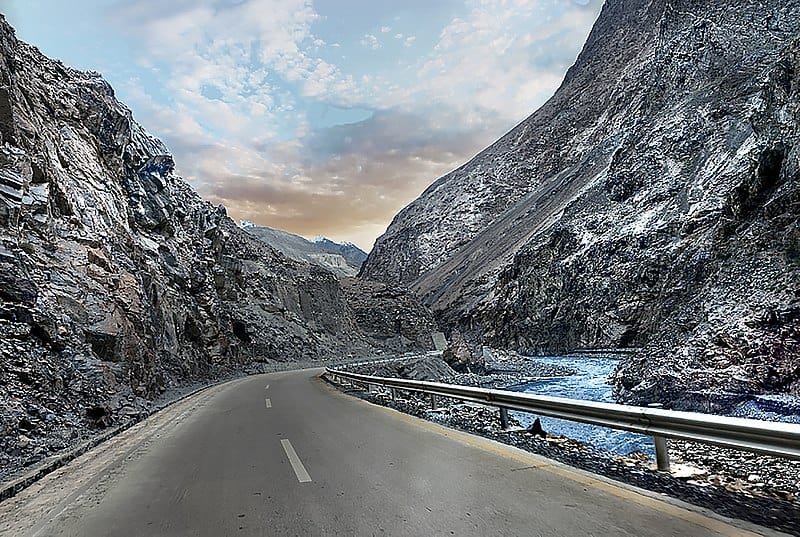China could be using the Belt and Road Initiative to shore up the overseas prospects of domestic enterprises by establishing the use of its own technical and industrial standards in participating countries.
The Belt and Road Initiative lies at the centre of the Xi administration’s foreign policy efforts, seeking to create a pan-Eurasian trading bloc along the historic Silk Road.
The initiative has not been without its controversies, with EU ambassadors in Beijing almost unanimously expressing their opposition to it in a recent report on the grounds that it primarily serves to further China’s strategic interests, while even harsher critics have referred to it as a form of “creditor imperialism.”
Some analysts now believe that the Belt and Road Initiative could serve as an instrumental means for advancing China’s future economic expansion by cementing the use of its own technical standards abroad.
According to Andrew Polk of Trivium China, Belt and Road isn’t just bringing copious amounts of Chinese capital to participating nations, it’s also bringing a raft of technological applications and associated standards.
“[China] is altering the global competitive landscape by defining and exporting technical standards for everything from artificial intelligence to hydropower,” writes Polk in an article for Bloomberg.
Polk cites a recent paper by the East-West Center which notes that “standards serve as bridges between developing innovations and the marketisation and industrialisation of those innovations,” giving American companies a strong advantage when it comes to selling everything from USB ports to LTE, 3G and 4G technology.
China now hopes to get in on the game by developing its own set of industrial standards for companies that operate within the country, before translating them into English for overseas export.
An example of this is the export of the technicals standard for high-speed rail projects developed by Chinese engineering firms abroad, which is serving to undermine the parallel benchmarks produced by Western countries.
“Instead of trying to influence the likes of Pakistan, Thailand and Myanmar by changing hearts and minds, it wants to convince them to change their nuts and bolts,” writes Polk.
“Billions of dollars in equipment sales and patent royalties are up for grabs in this competition…to the extent that China’s standards supplant Western ones, it will represent a direct threat to the profitability of non-Chinese companies.”
Related stories
ADB Head Warns Belt and Road Could Ensnare Emerging Nations in Debt Trap
EU Ambassadors Express Near Unanimous Opposition to Belt and Road
Is China Using One Belt One Road to Engage in “Creditor Imperialism?”



